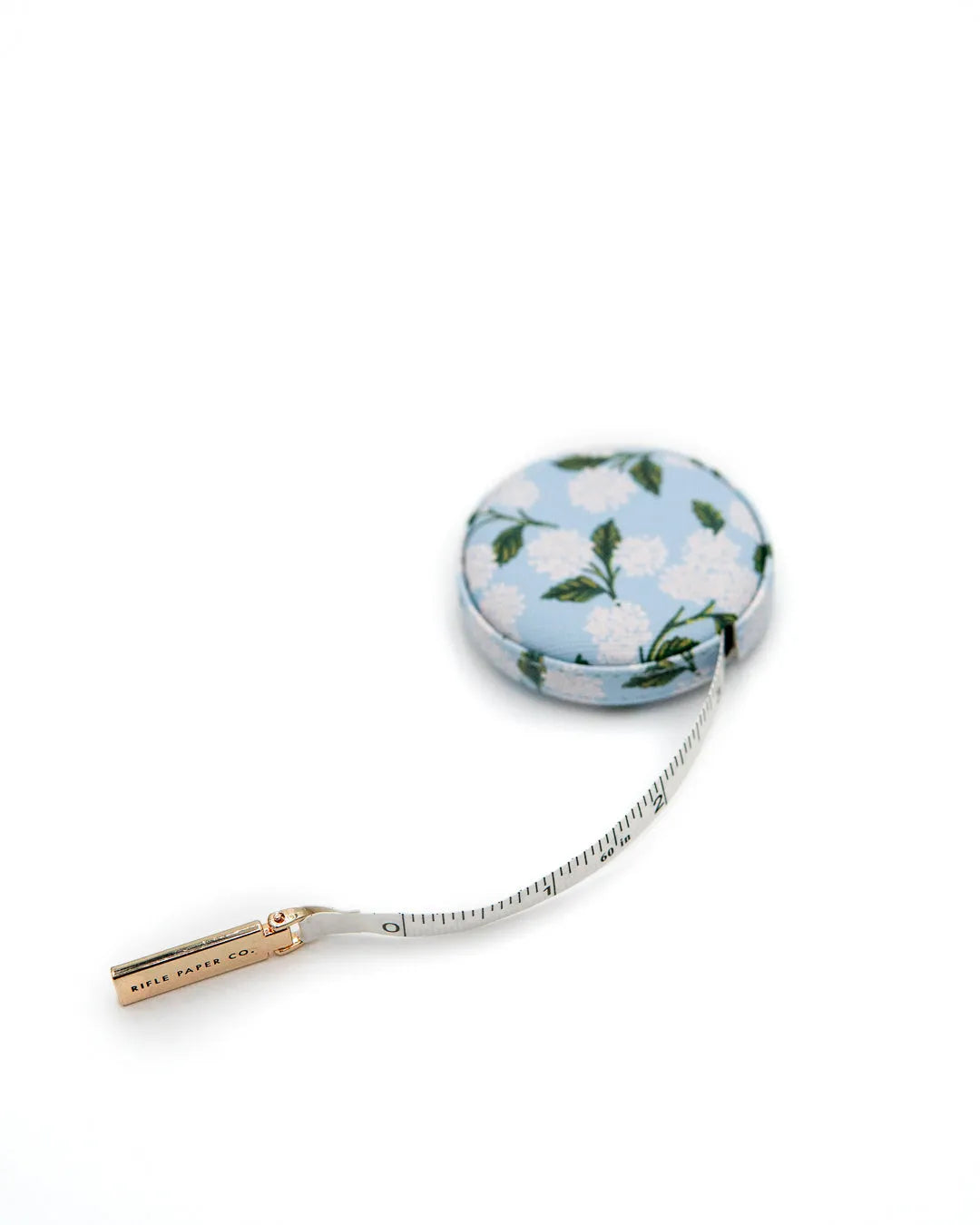
Choosing the best yarn for sensitive skin for next-to-skin wear.
Are you looking for a yarn to suit your specific, unique needs? In my opinion, there is no "one size fits all" best yarn for sensitive skin. There are many reasons why someone might be looking for yarn marketed towards skin and body sensitivities.
In the summer, this can particularly be needed due to knitting and wearing more next-to-skin garments and accessories. You'll also be wearing them in more humid or sweaty conditions.
You might have sensitive skin towards prickliness, or you might have sensitivity towards certain fibers only. Others might not be able to work with a fuzzy, brushed mohair yarn due to breathing issues. You might only have a sensory aversion while working with the fiber, and wearing it is fine.
So, I won't be writing a listicle of best yarn for sensitive skin that might vaguely suit all these different needs.
I'm here to go over some basic yarn construction concepts that might help you find the one that suits your unique needs so you can enjoy your crafting!
Elements that contribute to prickliness
Firstly, there are a few things in yarn milling that can contribute to that "prickly" feeling. Fiber content, lanolin content, and mechanical friction can all contribute to a bad time.
Some people have full on, legitimate allergies to things like alpaca or lanolin. And many, if not most, of wool allergies are actually an allergy to the lanolin contained in wool.
And aside from the fiber content itself, the way the yarn is spun up also impacts the hand of the fiber (or how it feels to the touch).
Let's get into some of these elements.
Choosing a fiber
If you have a lanolin sensitivity, you'll want to stay away from pure, non-superwashed wool. Some folks with lanolin allergies can tolerate chemically processed wools like superwash wool. This is because the fibers have been chemically treated so much that all lanolin is gone.
Meanwhile, some folks truly have an allergy to the fiber itself, alpaca being a common one. If someone's allergic to alpaca, you'll want to avoid other camelid fibers like yak, camel, and llama, just in case.
In addition to taking these things into consideration, consider choosing a fiber with a lower micron count. For many finer yarns, the manufacturer or seller will list a micron count. The lower that number, the finer.
Finer yarns made of Merino can come anywhere from 16-22 microns. I particularly find 22 or below to be really soft to the hand and wearable.
You may also find yarns that are blended with a smooth fiber like silk helpful, as they can really add to that soft hand.
If you'd like to get more adventurous with non-wool content, try cotton, linen, and silk. They all similarly come in a variety of smooth textures.
Some folks also find baby alpaca (baby is referring to the fineness of the fiber, not the age of animal) and things like fine cashmere to be quite tolerable. That is, as long as they don't have a sensitivity to it. Camelid fibers can come in a huge range of fineness. Thus, you should ask the manufacturer or seller if you're not sure about the grade on it.
If Baby Alpaca is something you'd like to explore, you might like our Baby Paca base by The Wandering Flock.
Yarn construction matters
In addition to thinking about fiber content, consider how the yarn is constructed. You'll be looking for a worsted spun yarn and not woolen spun. Woolen spun yarns have not been combed, to achieve the desired lofty effect.
I love a good woolen spun yarn, but the lack of combed parallel fibers means that the ends will stick out every which way. This markedly increases prickliness.

Shown here is Knitting For Olive Merino, a relatively fine fingering weight merino yarn that's worsted-spun.
While it's not a death knell for some folks, for others, no matter how low the micron count of the merino, if it comes woolen spun, they won't be able to tolerate it. Your mileage may vary though, so I highly recommend ordering a single skein or ball and trying it out.
Look for a retailer that clearly lists the worsted or woolen spun status of each yarn they carry, so that you can make the most informed choice.
The smoothest worsted spun yarns we carry in Merino are Penelope and Albertine by De Rerum Natura. They feature 21.5 micron count merino blended with silk. You can find all our worsted spun yarns here.

Brushed yarns is an example of yarn construction that can cause mechanical prickliness, shown above. They are spun with the ends of the fiber intentionally sticking out from the twist, so that it creates a fuzzy halo effect.
I personally find mohair brushed-style yarns like Soft Silk Mohair (shown here) to have a moderately prickly feeling, while some suri alpaca fuzzy yarns can be more tolerable for me. I highly recommend either feeling these types of yarn in person or purchasing a small quantity to try before investing in a larger quantity for a bigger project.
Synthetics may be the path
For those who really have all kinds of sensitivities that exclude all the yarns we've talked about so far, you might really benefit from purely synthetic yarns, such as acrylic.
Some folks with a lot of sensitivities benefit from superwashed yarn, which has been chemically straightened to have no messy ends, and also have been coated in a resin/plastic compound.
This coating can really make a difference for sensitive skins, though some still can't tolerate them.
You can find all our superwash yarns here.
Knitting for Cancer Patients, NICU Blankets, PICU Covers, and Limb Huggers
If you are knitting for someone with a medical need, stop right there before you start! Every NICU or PICU has its unique needs. I'll never forget coming to visit my little one in the NICU one day and she was shielded from the bright lights with a handmade quilt over her incubator. It's such a magical thing!
And of course, I'm all for making for little ones stuck in the hospital. Every hospital, however, has unique requirements for what they accept for donations. The most important thing to remember is that yarns should be smooth to the touch, and absolutely washable on hot. It's always a great idea to check with your local hospital that you intend to donate to, and any guidelines they may have.
If you're donating to the Knots of Love, or would like to read their guidelines for their best practices, please read their guidelines.
Find your own best yarn for sensitive skin
You'll need to do some experimenting to find your personal best yarn for sensitive skin. But I hope that this article and some of the tips in it have given you some pointers to help you go in the right direction!





Leave a comment
This site is protected by hCaptcha and the hCaptcha Privacy Policy and Terms of Service apply.